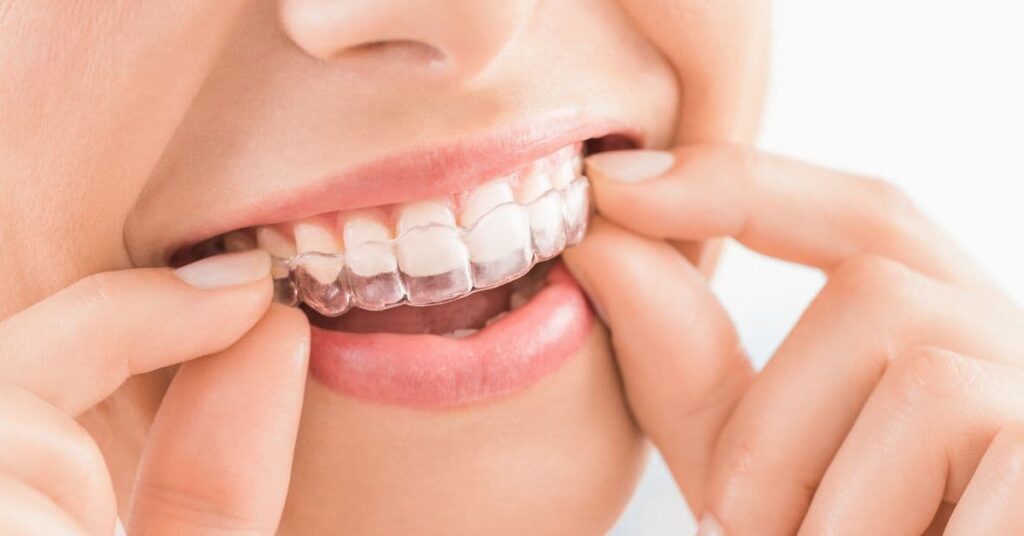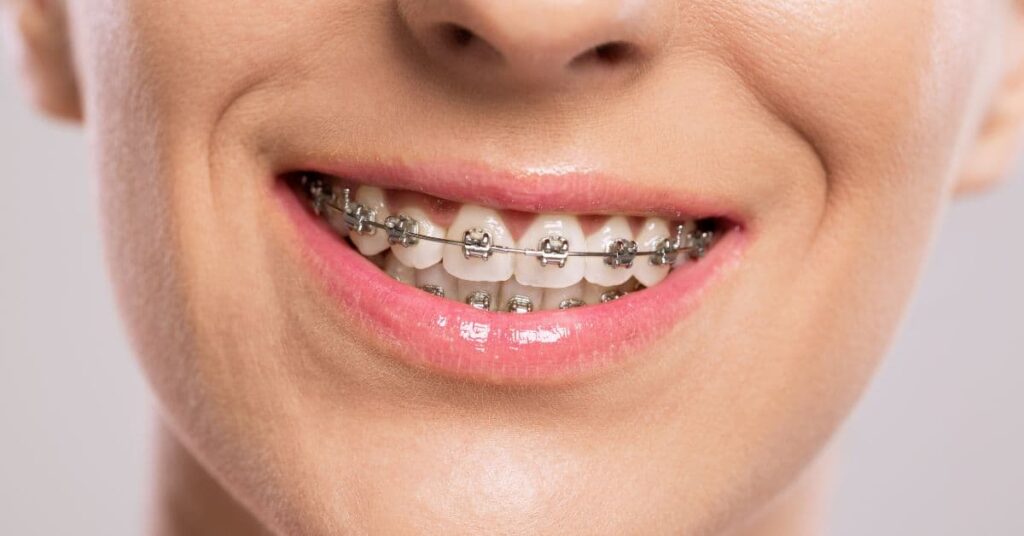When it comes to straightening teeth and achieving a perfect smile, orthodontic treatments have evolved significantly. Two popular options today are clear aligners and traditional braces. Both offer effective results, but each comes with unique advantages and drawbacks. Choosing the right solution depends on factors like your lifestyle, budget, and orthodontic needs. This article breaks down the differences between clear aligners and traditional braces to help you make an informed decision.
What Are Clear Aligners?

Clear aligners, such as Invisalign, are transparent, removable trays designed to gradually shift your teeth into the correct position. Customized to fit your teeth, they offer a discreet way to achieve orthodontic goals.
What Are Traditional Braces?
Traditional braces consist of metal brackets attached to the teeth and connected by wires. The wires are adjusted regularly by an orthodontist to move teeth into alignment. While modern braces can come in ceramic or clear materials, the metal variety remains the most common.
Key Differences Between Clear Aligners and Traditional Braces
| Feature | Clear Aligners | Traditional Braces |
|---|---|---|
| Appearance | Nearly invisible | Visible metal or ceramic brackets |
| Removability | Removable for eating and brushing | Fixed to teeth until treatment ends |
| Comfort | Smooth, with minimal irritation | May cause discomfort from wires and brackets |
| Maintenance | Requires regular cleaning of trays | Brushing and flossing around brackets can be challenging |
| Diet Restrictions | No restrictions (since removable) | Avoid sticky, hard foods that can damage braces |
| Treatment Time | Varies (may require longer for severe cases) | Can address a wider range of complex issues |
| Check-ups | Less frequent visits required | Regular orthodontist adjustments needed |
| Cost | Typically higher than braces | Usually more affordable |
Pros and Cons of Clear Aligners
Pros:
- Discreet and nearly invisible.
- Removable, making it easier to eat and maintain oral hygiene.
- Fewer orthodontic visits required.
Cons:
- Not suitable for severe orthodontic issues.
- Requires discipline to wear 20-22 hours per day.
- Replacement trays can add to the overall cost.
Pros and Cons of Traditional Braces

Pros:
- Effective for complex orthodontic cases.
- No need to remember to wear or remove them.
- Generally more affordable than clear aligners.
Cons:
- Visible, which may affect confidence.
- Can cause irritation from brackets and wires.
- Requires more frequent orthodontic visits and adjustments.
Which Option Is Right for You?
The right orthodontic solution depends on your specific needs, preferences, and lifestyle.
- Clear Aligners are ideal if you want a discreet option and have mild to moderate alignment issues. They are perfect for individuals who can commit to wearing them consistently.
- Traditional Braces are better suited for more complex dental issues that require significant movement of teeth. They are also a good option for younger patients who may struggle with the discipline needed for clear aligners.
Consulting with an orthodontist will help determine the best treatment plan based on your unique situation.
Both clear aligners and traditional braces are effective solutions for straightening teeth. While clear aligners offer convenience and aesthetics, traditional braces are more suitable for severe dental corrections. Ultimately, the choice comes down to your treatment needs, budget, and personal preferences. A consultation with an orthodontist can guide you in selecting the option that aligns with your lifestyle and orthodontic goals.
